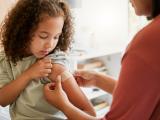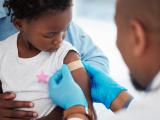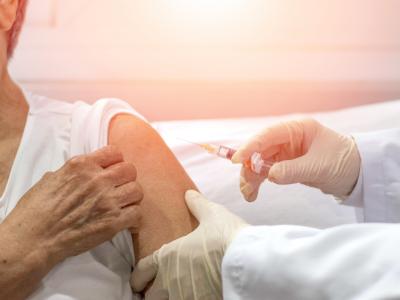Ten years after a group of global partners agreed to treat and stop neglected tropical diseases (NTDs), the World Health Organization (WHO) announced unprecedented progress against these diseases that bring blindness, elephantiasis, and sleeping sickness to some of the poorest populations in the world. According to the WHO, 70% of countries and territories that report NTDs are low or lower-middle income economies.
The WHO detailed these achievements in a new report, Integrating neglected tropical diseases in global health and development, which also measures outcomes from the organization's 2012 NTD roadmap. The report is being released today during the Global Partners' Meeting on NTD in Geneva.
"WHO has observed record-breaking progress towards bringing ancient scourges like sleeping sickness and elephantiasis to their knees," said WHO Director-General, Margaret Chan, MD, MPH, in a press release accompanying the report. "Over the past 10 years, millions of people have been rescued from disability and poverty, thanks to one of the most effective global partnerships in modern public health."
1 billion people treated for an NTD in 2015
The report listed several key achievements in NTD treatment in prevention, with access to care and medicines (especially chemical prophylaxis) being chief among them. In 2015 alone, the WHO estimated that 1 billion people in the world were treated for at least one NTD.
Of note, 556 million people received preventive treatment for lymphatic filariasis (elephantiasis), and more than 114 million received treatment for onchocerciasis (river blindness).
Eradication of rabies and guinea worm disease are also in reach, according to the report. In 2015, only 12 human cases of rabies were reported in the WHO Region of the Americas, and there were only 25 cases of guinea worm disease.
Other large gains included a dramatic reduction in the number of sleeping sickness cases, from 37,000 in 1999 to fewer than 3,000 in 2015. And trachoma, the leading infectious cause of blindness, was eliminated as a public health problem in Mexico, Morocco, and Oman.
Alignment with Sustainable Development Goals
The report said that as global partners consider the victories against NTDs, they also must recalibrate their goals for 2020 and 2030, with a focus on animal-human interactions, vector-borne diseases (including Zika) and a One Health approach to surveying and monitoring NTDs.
These efforts fit under the WHO's Sustainable Development Goals (SDGs). "Further gains in the fight against neglected tropical diseases will depend on wider progress towards the Sustainable Development Goals," said Dirk Engels, MD, director of the Department of Control of Neglected Tropical Diseases.
WHO's report said addressing NTD aligns with meeting SDGs, including ensuring access to clean water sources.
According to the WHO, 2.4 billion people still lack basic sanitation facilities, such as toilets, and more than 660 million continue to drink water from "unimproved" sources, including surface water.
See also:
Apr 19 WHO press release
WHO access page for full 267-page report



















